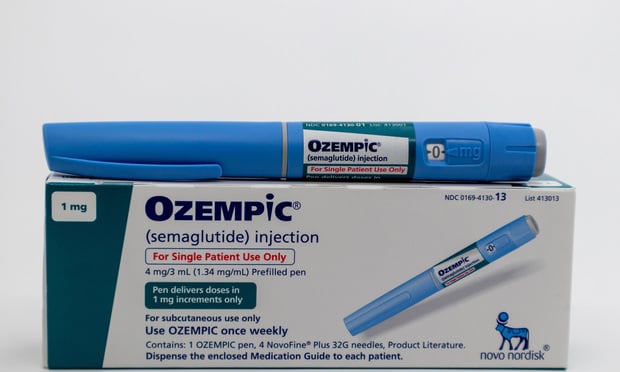When one thinks of accidental death and dismemberment insurance,a single, simple type of policy springs to mind.
|While AD&D tends to be a very basic concept, it still comesin a variety of shapes, sizes and flavors. It can be a standalonepolicy, a rider, packaged with executive travel insurance amongother forms. As part of a benefit package it can be a high-faceamount, reasonably priced add-on to a term life insurance policy,part of the traditional travel package for employers with a largenumber of employees that travel both domestically and certainlyinternationally, or even a low face amount giveaway.
|It remains a very popular benefit. Employees, many brokers, andinsurance carriers are huge proponents of AD&D. Some, however,look at the concept and the probability of the policy or rideractually being utilized and feel substantially lessenthusiastic.
|The argument for AD&D is very straightforward. For starters,clients generally respond positively to it and like the idea, forexample, of increasing their face amount if they die from anaccident in a double indemnity policy. Second, the cost is usuallyvery reasonable, which makes the perceived value a winningproposition in an employee’s view. And, honestly, accidents happen.People lose limbs or even their lives. And when they do, havingthis coverage sure will make a difference to the person or familyof the policy holder. Lastly, it’s a money maker for carriers andbrokers. The claims ratio for AD&D is very favorable.
|The detractor’s argument boils down to the simple idea thatinfrequency of occurrences of death by accident, and certainlydismemberment from an accident, negate the value of the policy. Inother words, no matter how affordable it is, they argue it’s a ripoff. Their belief is those few dollars, especially in rougheconomic times, could be better spent making $40,000 to pay for gasor groceries.
|To watch this argument play out is a fascinating exercise inobserving the sausage making of creating an insurance policy.Several years ago, an insurance carrier rolled out a new lifeinsurance product and the principals discussed the idea of addingaccidental death coverage as a rider. Both the pro and con campssat at the table. The head of marketing was the biggest proponent.What was surprising was the group of people who lined up againstthe idea of adding the rider as an option at all, which includedthe president of the worksite division, the actuary who designedthe product, and the CMO’s No. 2.
|You’d have thought it was safe to assume the actuary would be infavor since it would make his policy slightly more profitable. Itwould be a logical thought to think the president of the divisionwho was responsible for the overall profitability of the worksiteline would certainly want a low cost, almost guaranteed profitproduct to be included, and certainly the second in command inmarketing would support it. However, they argued that they wouldnever purchase the rider as it was highly unlikely to happen. Mostpeople do not die from an accident.
|The CMO calmly explained that the need for the rider for thispolicy rested on a couple of very simple premises. The CEO wasn’tthe primary target for the policy, and the decisions that she wouldmake are irrelevant as the average employee sees the value in theproduct. Also, all the competition had an AD&D rider that couldbe attached to the policy. If this company did not have the same,they would lose potential brokers and groups to a company that hada richer product.
|In the end, the marketing argument won the day and the companyadded an optional accidental death rider. Interestingly, to keep itsimple, they made it a double indemnity product, which just doubledthe face amount of the term policy.
|So what can we take away from this? Simple. If you as a brokerdon’t have some mechanism to offer AD&D coverage to yourclients because you doubt its value, another broker will bebringing it to the table. And remember you aren’t always the targetfor the product. If you believe people should not spend money onthis product, it’s imperative you make a strong argument as towhy.
Complete your profile to continue reading and get FREE access to BenefitsPRO, part of your ALM digital membership.
Your access to unlimited BenefitsPRO content isn’t changing.
Once you are an ALM digital member, you’ll receive:
- Critical BenefitsPRO information including cutting edge post-reform success strategies, access to educational webcasts and videos, resources from industry leaders, and informative Newsletters.
- Exclusive discounts on ALM, BenefitsPRO magazine and BenefitsPRO.com events
- Access to other award-winning ALM websites including ThinkAdvisor.com and Law.com
Already have an account? Sign In
© 2024 ALM Global, LLC, All Rights Reserved. Request academic re-use from www.copyright.com. All other uses, submit a request to [email protected]. For more information visit Asset & Logo Licensing.








